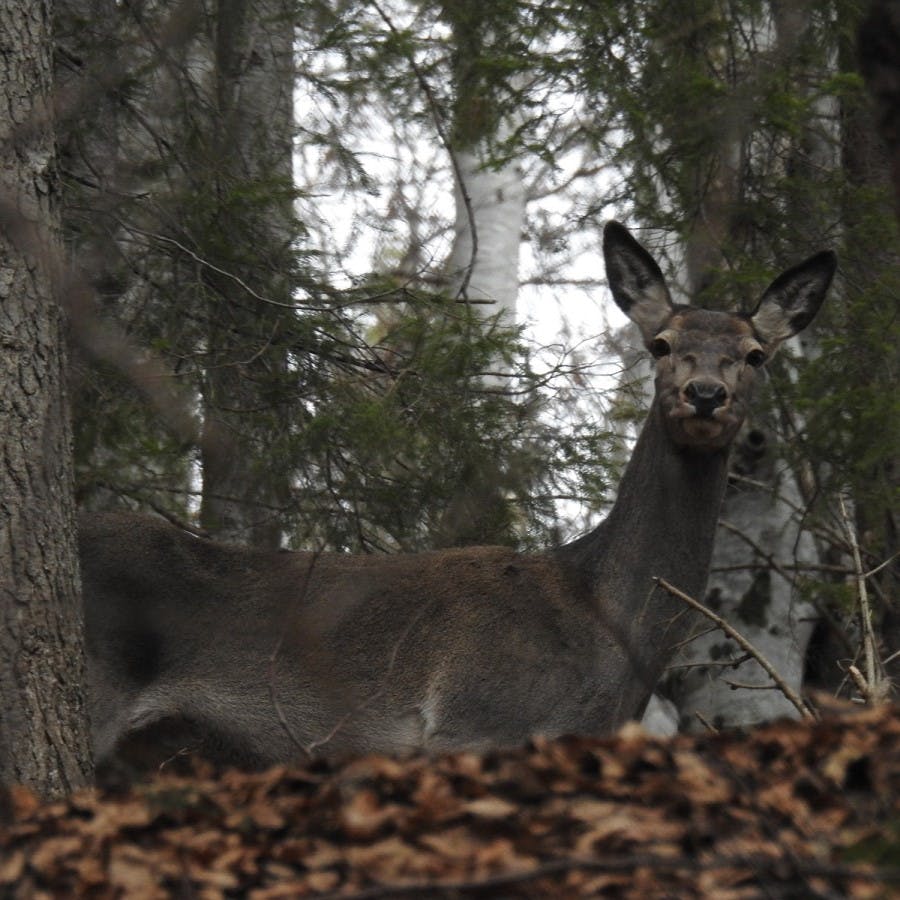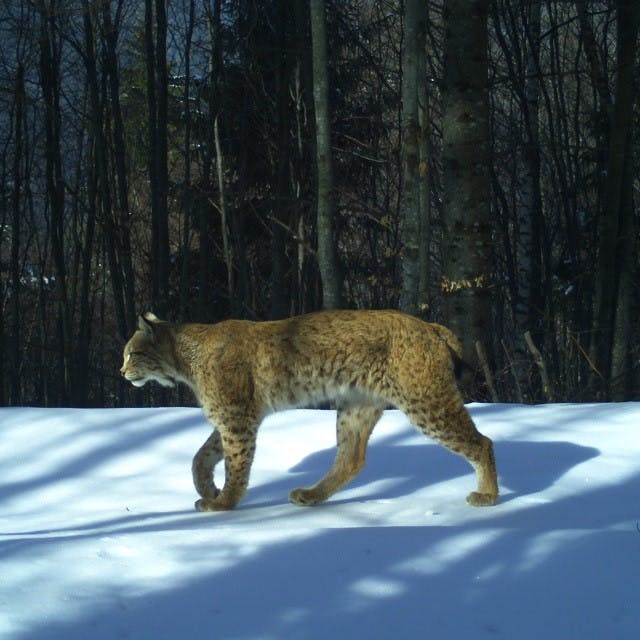- Status: In Progress
The Făgăraș mountains are the highest in the Southern Carpathians mountain range. A place where you can find virgin forests with trees over 140 years old and Europe’s most treasured large carnivores - bears, wolves and lynx. Poaching, especially in remote parts of the forest, is threatening these strictly protected species and others. Despite the hard work of our partners, Foundation Conservation Carpathia (FCC), current anti-poaching methods are proving limited. To increase the speed and efficiency at which rangers can respond to potential poaching, we are purchasing new acoustic surveillance equipment. These ‘Guardian’ threat detection devices can record, analyse, and transmit real-time alerts to rangers to help eliminate poaching in the area.
Project Timeline
Spring 2024
Re-evaluating the situation, and collectively deciding that RFCx will provide 3 new devices to FCC to be installed and calibrated before the end of the year.
December 2023
Gunshot training of the Guardian Devices. Unfortunately this was unsuccessful due to a malfunction related to the batteries on both devices.
FCC's mission in the Carpathian Forests
The Făgăraș mountains are recognised as an area of immense importance for biodiversity. This is why the FCC has acted to ensure its protection by purchasing large tracts of land. The organisation aims to restore ecosystems and carry out direct conservation work to protect the diversity of species inhabiting the region.
In Arges county, FCC has owned and managed a hunting concession area for nature conservation since 2022. This project was set up to address the issue of poaching that is affecting animals in this area of the mountains and where current methods aren’t sufficient.
For this project, we are partnering with FCC, Asociatia Ocolul Silvic Carpathia (AOSC) and Rainforest Connection.
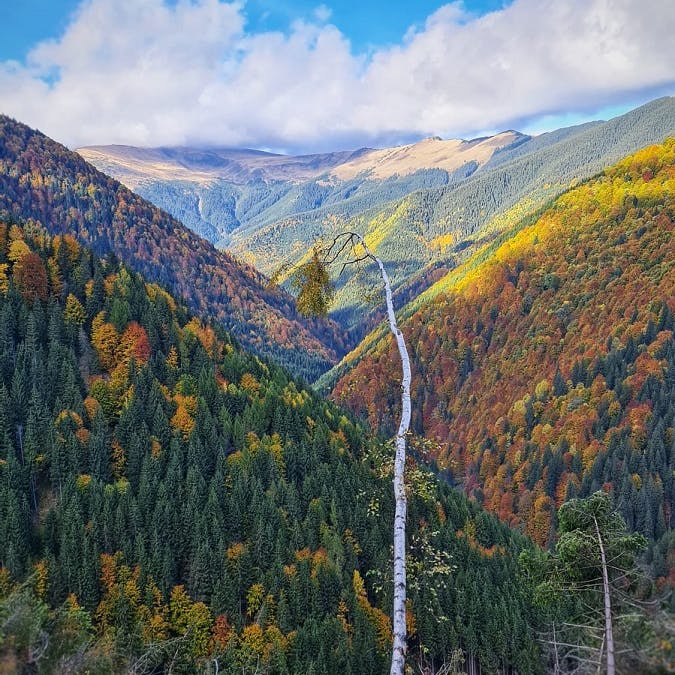
A History of Heavy Poaching
Before FCC acquired the area, heavy poaching (for sport or in response to human-wildlife conflict) had reportedly occurred quite frequently with a lack of anti-poaching activities to combat it. There was tolerance in establishing large hunting quotas and uncertainty about how this was affecting local wildlife numbers.
Today, poaching remains a threat, especially in areas along the border of other localities and other very remote borders between counties and administrative territories. FCC have identified at least 3 access points that hunters have used with off-road vehicles. Monitoring these areas around the clock is proving very difficult using the current surveillance system. Read on to find out why.
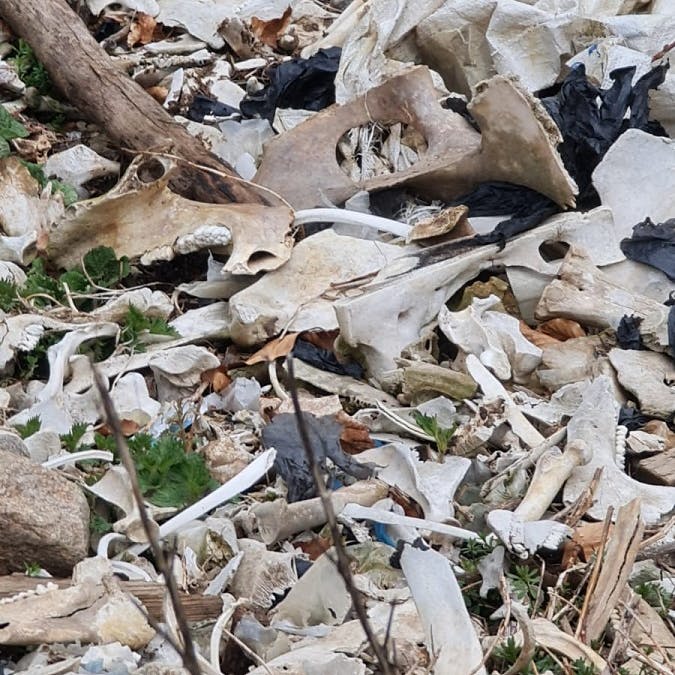
Limitations of the Current System
The current surveillance system involves installing automatic cameras around the forest that detect motion and send images to rangers who respond and go to the site.
However, this system requires mobile network connection which is not available in more than 70% of the area. Rangers have to retrieve the memory cards and download the images in this part of the forest. Clearly, this loses valuable time in discovering possible poaching activities and affects the chances of holding perpetrators accountable. What’s more, this method is a drain on resources: the field staff’s time, wear and tear on field machinery, and it generates more pollution from the fuel used.
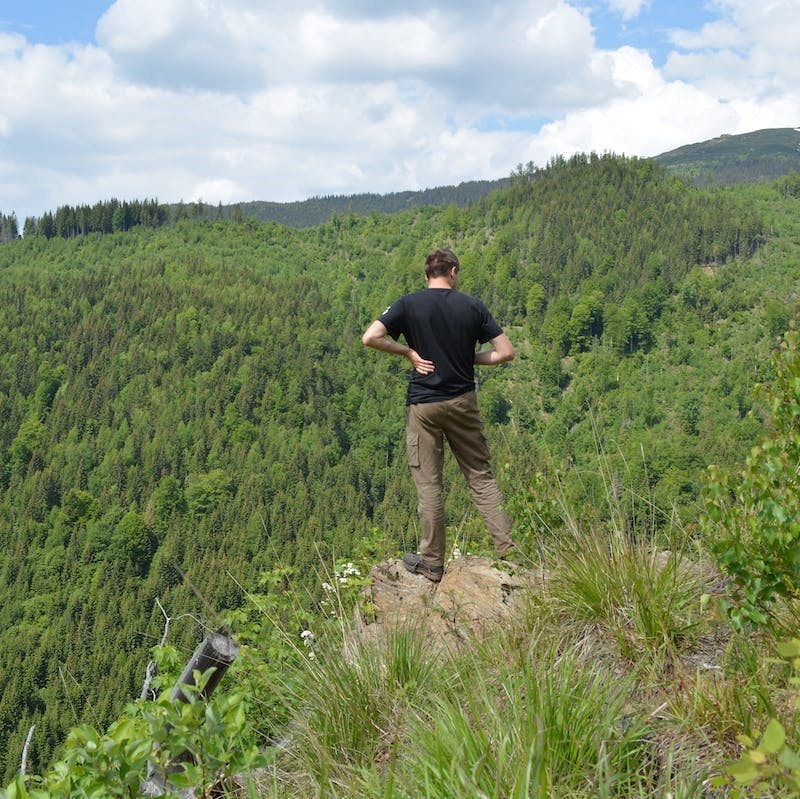
Introducing the Guardian Platform
The Guardian Platform by Rainforest Connection overcomes the current limitations by connecting via GSM or satellite. When connected by GSM, the device continuously uploads audio recordings of the environment’s soundscape to the cloud and analyses them immediately. Using a satellite connection, analysis is done on-board and alerts are transmitted in real-time.
The platform for the Guardian device uses artificial intelligence and machine learning to analyse the data and provide instant insights. This technology is capable of identifying a range of threats and providing approximate locations. Its impressive precision means it can recognise what’s happening around a vast forest ecosystem and alert to dangers like a chainsaw noise from 1.5km away! To add to the list of benefits, the devices are solar powered.
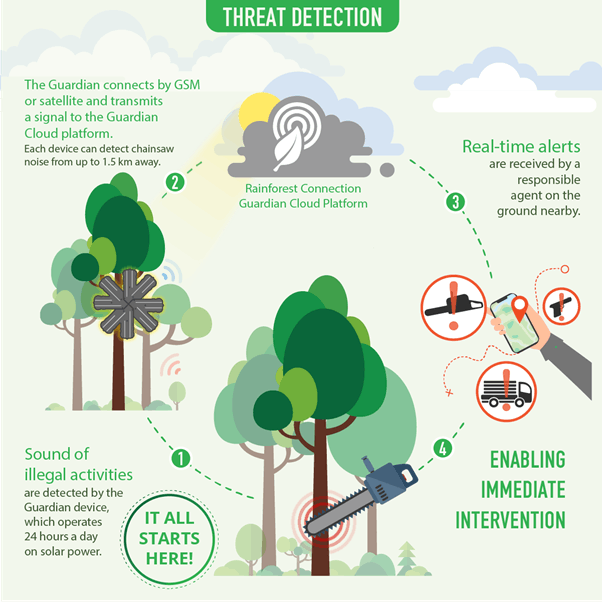
Our Impact
Thanks to our members' monthly contributions, we are able to purchase 3 Guardian devices that Rainforest Connection will install in the forest canopy in the most endangered areas to trial over the next 2 years alongside the existing method. One of these Guardian devices has been funded by our business partners, Unity Auto Finance.
Zotta Mihai, project manager and Conservation Director at FCC, believes that without this project, they would struggle to completely stop poaching in the next few years. After the installation of the Guardian devices, the aim is to reduce the number of poaching activities to no more than one event per year. Should any events occur, the devices can discover them immediately and trigger a rapid response.
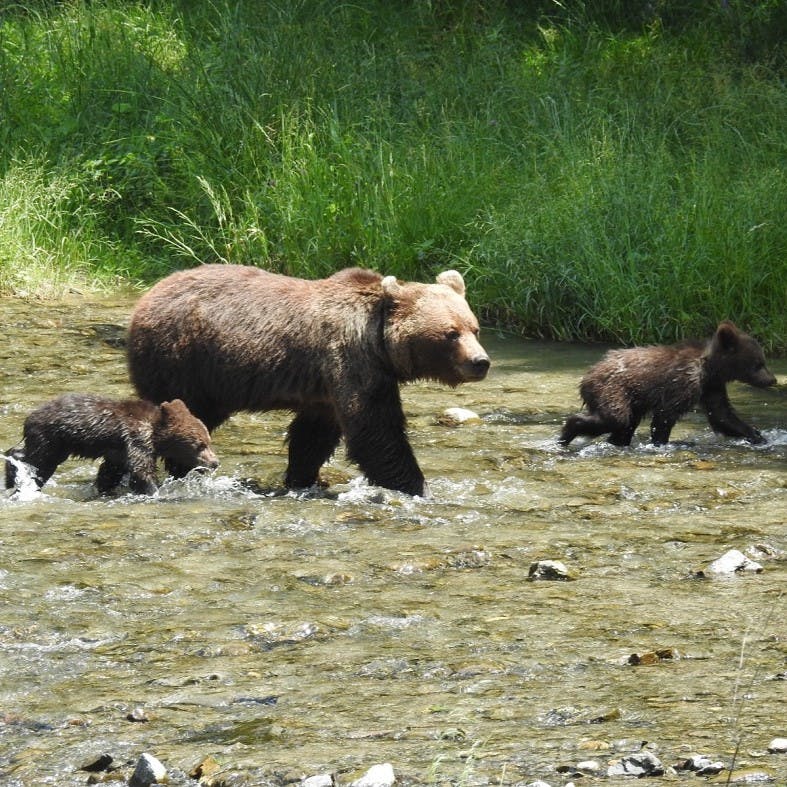
Why protect this ecosystem’s apex predators?
Firstly, legal protection is already established for these priority protected species under the EU Habitat Directive. From an ecological perspective large carnivores are crucial for a healthy ecosystem. For instance, bears are considered a bioindicator species - their presence is a sign of a healthy, productive forest environment, rich in herbs, mushrooms, forest fruits and wild animals. In addition, large carnivores also provide the following benefits to the ecosystem:
- They help maintain balance on the food chain by preying on other animals;
- They reduce the risk of disease spreading by cleaning up dead animal carcasses;
- Some large carnivores are ‘seed dispersers’ helping to spread seeds across large territories. Bears distribute fruit seeds in the thousands through their scat (poop).
Surveys in this project’s area show there is a high density of bears, wolves, lynx and their prey species. However, elsewhere in the Carpathian mountains the experience has been that if effective anti-poaching measures aren’t in place, the animals suffer from poaching, particularly at remote sites.
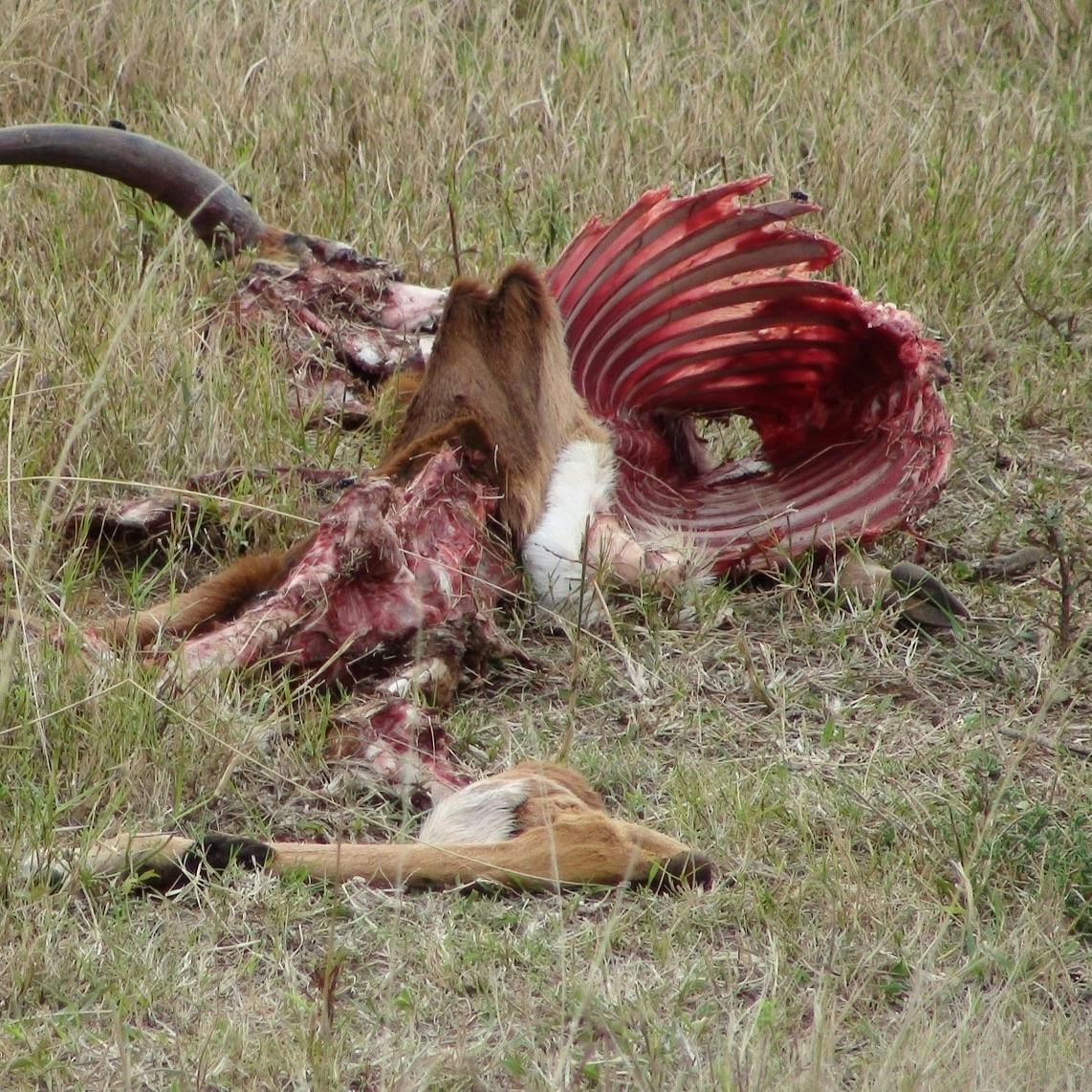
Conflict with People and Livestock
In regards to conflicts between people and large carnivores, unfortunately, incidents occur and are part of the challenges this region faces. Research into the situation indicates a range of possible causes, including a loss of large carnivores’ habitat and prey species. This is mainly due to deforestation through the growth of human settlements, agricultural land and infrastructure. By eliminating the poaching of bears and wolves' prey species such as deer, there could be a reduction in the number of incidents of attacks on livestock and farmers.
What's more, FCC is already implementing a wide range of measures to mitigate human-wildlife conflict in the region. We expected that another added benefit of this new surveillance system will be that the rangers will have more time dedicate to this very important task.
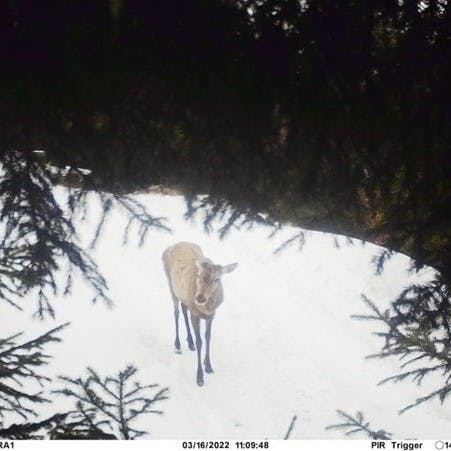
A Brighter Future
This project serves as an experiment to test the new method in the assigned area and if results prove successful, FCC and AOSC will replicate it across other Carpathia hunting concessions.
The initiative is one of many projects aimed at protecting and restoring vast areas of wilderness in the Carpathian Mountains. Our partnership with FCC has already allowed us to plant over 175,000 native trees in an ambitious reforestation project and support ranger patrols.
If you’d like to learn more about some of the issues and potential solutions for bears in the region, read our Romania's Brown Bears article.

Inhabitants of the Făgăraș mountains
Below are a few photos captured by our partners on the ground in this wondrous expanse of forest.

